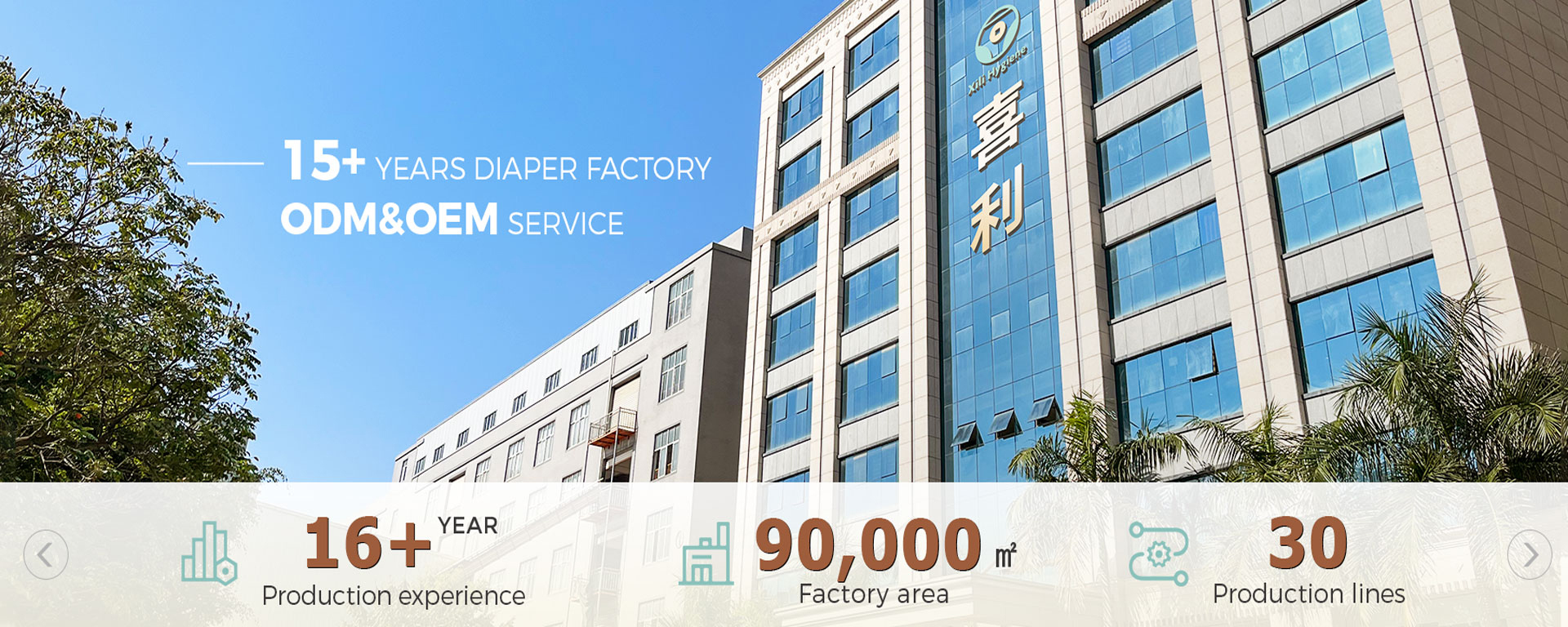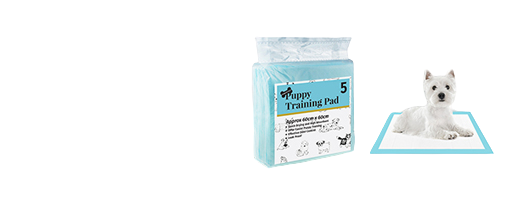
Airlaid Nonwoven Fabric Market Report: Trends, Growth, and Future Outlook
2024-12-18 22:00
The airlaid nonwoven fabric market has emerged as a dynamic and rapidly growing sector within the global nonwovens industry. In 2022, the market achieved a global consumption of 574,800 tonnes, valued at approximately $2 billion. This represents a significant growth trajectory, with a compound annual growth rate (CAGR) of 4.7% in tonnage, 3.8% in square meters, and 8% in dollar terms from 2017 to 2022. Looking ahead, the market is projected to continue its upward trend, with forecasted growth rates of 6% in tonnage, 5.3% in square meters, and 7.7% in dollar terms from 2022 to 2027. This report delves into the key drivers, applications, challenges, and future prospects of the airlaid nonwoven fabric market.
Market Overview and Growth Drivers
Airlaid nonwoven fabrics are highly versatile materials known for their softness, absorbency, and strength. These properties make them ideal for a wide range of applications, including hygiene products, medical supplies, food packaging, and industrial wipes. The market's growth is fueled by several factors:
Increasing Demand for Hygiene Products:
The hygiene sector, particularly absorbent hygiene products like diapers, feminine care products, and adult incontinence pads, remains the largest application area for airlaid nonwoven fabrics. The rising global population, increasing awareness of personal hygiene, and growing demand for premium hygiene products are driving this segment's growth.Expansion in Medical and Healthcare Applications:
Airlaid nonwoven fabrics are widely used in medical applications, such as surgical drapes, wound dressings, and disposable medical textiles. The COVID-19 pandemic has further accelerated the demand for these materials, highlighting their importance in infection control and healthcare safety.Sustainability Trends:
The growing emphasis on sustainability and eco-friendly materials is a significant driver for the airlaid nonwoven fabric market. Manufacturers are increasingly focusing on developing bio-based and biodegradable airlaid nonwoven products to meet consumer and regulatory demands for environmentally responsible solutions.Technological Advancements:
Innovations in airlaid technology, such as the ability to process short fibers and incorporate functional additives, have expanded the material's applications. This flexibility allows airlaid nonwoven fabrics to be tailored for specific uses, enhancing their appeal across industries.
Key Applications of Airlaid Nonwoven Fabrics
The versatility of airlaid nonwoven fabrics enables their use in a wide range of applications, including:
Hygiene Products:
Airlaid nonwoven fabrics are a critical component of absorbent hygiene products, such as baby diapers, feminine care products, and adult incontinence pads. Their high absorbency and softness make them ideal for these applications.Medical and Healthcare Supplies:
In the medical sector, airlaid nonwoven fabrics are used in surgical drapes, wound care products, and disposable medical textiles. Their ability to provide barrier protection and absorbency is essential for maintaining hygiene and preventing infections.Food Packaging and Tableware:
Airlaid nonwoven fabrics are used in food pads, napkins, tablecloths, and other food packaging applications. Their absorbent properties help maintain food freshness and prevent contamination.Industrial and Technical Wipes:
The material is also widely used in industrial wipes, cleaning cloths, and technical wipes. Its strength and absorbency make it suitable for demanding applications in manufacturing, automotive, and other industries.
Market Challenges
Despite its promising growth, the airlaid nonwoven fabric market faces several challenges:
Intense Competition:
The market is highly competitive, with numerous players vying for market share. This competition puts pressure on pricing and profitability, particularly for smaller manufacturers.Rising Raw Material and Energy Costs:
Fluctuations in the prices of raw materials, such as pulp and synthetic fibers, along with rising energy costs, have impacted production costs and profit margins. Manufacturers must find ways to optimize production processes and reduce costs to remain competitive.Regulatory and Environmental Pressures:
While sustainability trends present opportunities, they also pose challenges. Manufacturers must comply with stringent environmental regulations and invest in research and development to create sustainable products, which can be costly and time-consuming.
Future Outlook and Opportunities
The airlaid nonwoven fabric market is expected to tighten, with global supply and demand projected to reach over 94% by 2027. This tightening is driven by increasing demand across various applications and the material's unique properties. Key opportunities for the market include:
Sustainability Innovations:
The development of bio-based, biodegradable, and recyclable airlaid nonwoven fabrics presents a significant growth opportunity. Manufacturers that can offer sustainable solutions will be well-positioned to capture market share and meet consumer demand.Expansion in Emerging Markets:
Emerging economies in Asia, Latin America, and Africa offer substantial growth potential due to rising disposable incomes, urbanization, and increasing awareness of hygiene and healthcare. Companies that can establish a strong presence in these regions will benefit from expanding market opportunities.Technological Advancements:
Continued innovation in airlaid technology, such as the integration of smart materials and functional additives, will open new avenues for application development. These advancements will enhance the material's performance and expand its use in high-value applications.
Conclusion
The airlaid nonwoven fabric market is poised for continued growth, driven by its versatility, increasing demand across multiple industries, and the growing emphasis on sustainability. However, manufacturers must navigate challenges related to competition, rising costs, and regulatory pressures to maintain profitability and meet market demands. By focusing on innovation, sustainability, and strategic expansion, companies in the airlaid nonwoven fabric market can capitalize on emerging opportunities and secure their position in this dynamic and evolving industry. As the market tightens and demand grows, airlaid nonwoven fabrics will remain a critical material for a wide range of applications, from hygiene and healthcare to food packaging and industrial uses.
Get the latest price? We'll respond as soon as possible(within 12 hours)















